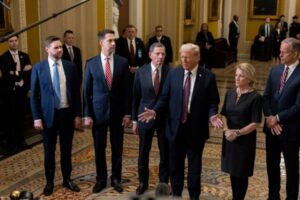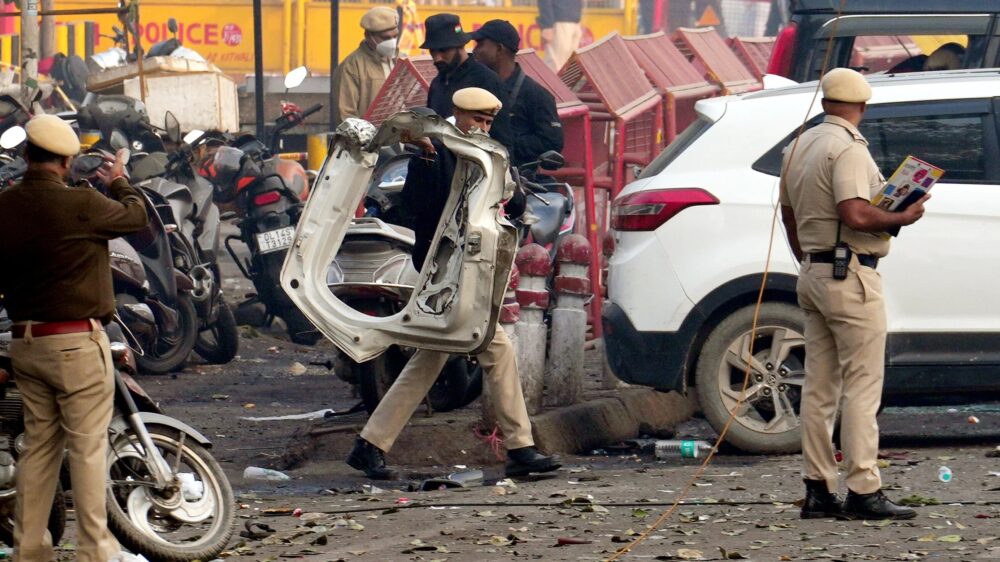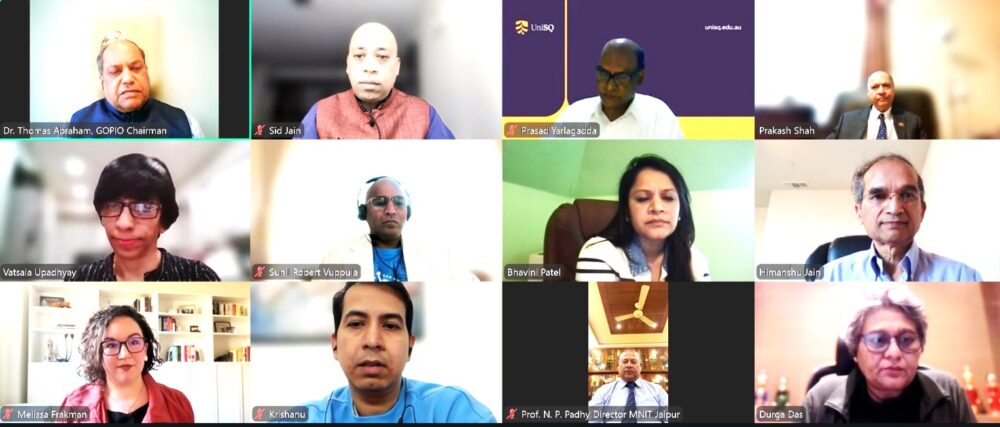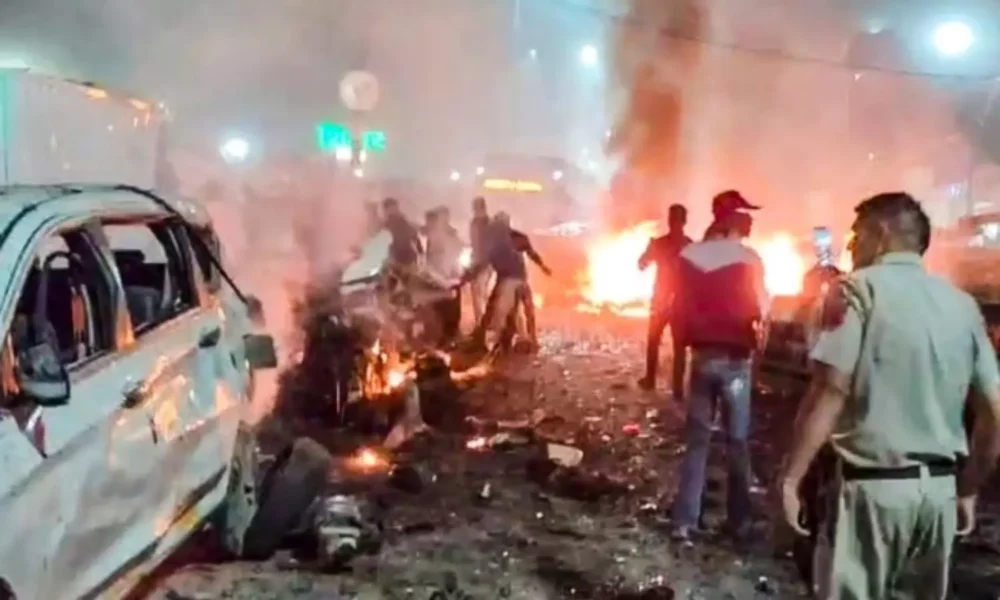The investigation into the Red Fort blast in Delhi, which occurred on November 10, 2025, has expanded significantly, with authorities uncovering a terror module linked to the devastating attack. The blast happened when a Hyundai i20 car exploded near the historic Red Fort, killing several people and injuring many others. Investigators have identified a key suspect, Dr. Umar Nabi, believed to be the leader of a group of doctors involved in the terror module. Umar’s red Ford EcoSport, initially reported missing, was traced to a farmhouse in Haryana, where it is being examined by forensic and ballistic experts.
According to sources, Umar and his colleague Dr. Muzamil Shakeel Ganai, arrested prior to the blast, had known each other since 2018 and were central figures in the terror group. Ganai’s arrest likely prompted Umar to flee and carry out the attack in panic. Police seized a massive quantity of explosives, about 358 kilograms of ammonium nitrate, from Ganai’s residence in Faridabad, Haryana. Authorities are focusing on how such large amounts of explosive material were acquired and stockpiled, considering some components are relatively accessible.
The terror module involves several doctors connected through employment at Faridabad’s Al-Falah School of Medical Sciences & Research Centre. Alongside Umar and Ganai, two other doctors, Adeel Majeed Rather from Qazigund and Shaheen Shahid Ansari, were identified and questioned. The investigators revealed that Umar frequently spoke about executing spectacular attacks, signaling the group’s ambitions for high-profile terror acts. Though families of the accused deny connections, evidence confirms their association and ongoing coordination over several years.
Further deepening the probe, a cleric named Imam Ishtiyaq from Mewat, who preached at Al Falah, has been detained in Haryana and moved to Srinagar by police. Some explosive materials were recovered from his residence, which had proximity ties with the doctors. The investigation also unearthed photos of Umar and Ganai near the Red Fort from nearly a year ago, although it remains unclear if those were reconnaissance missions.
The terror group was reportedly planning multiple attacks in Delhi and surrounding areas targeting significant locations, including on December 6—an anniversary often sensitive due to past communal violence. Authorities believe the module was preparing for a series of coordinated blasts but had not finalized exact targets. The cell’s preparations and stockpiling of explosive devices were progressing over several months, with a meeting hub discovered at Al-Falah’s campus where conspirators regularly gathered.
In Kashmir, the State Investigation Agency has taken over the inquiry from local police, and numerous individuals linked to the accused doctors have been brought in for questioning, though no formal arrests beyond the primary suspects have been confirmed. Officials describe the investigative process as continuous and meticulous, aiming to dismantle any remaining threats from the network.
This terror incident has shaken national security agencies, highlighting concerns about the exploitation of professional and educational institutions by radical elements. The scale of the explosives and the planning sophistication indicate a serious threat level, prompting heightened alertness across Delhi and neighboring regions.










